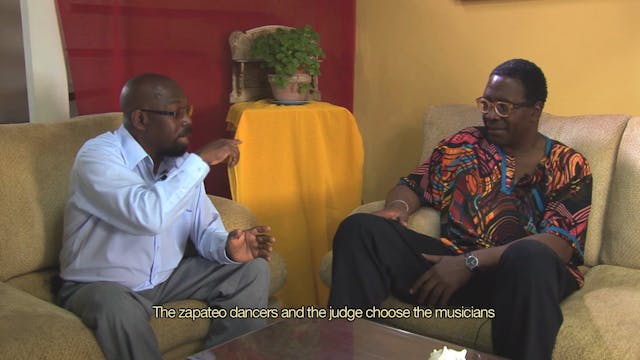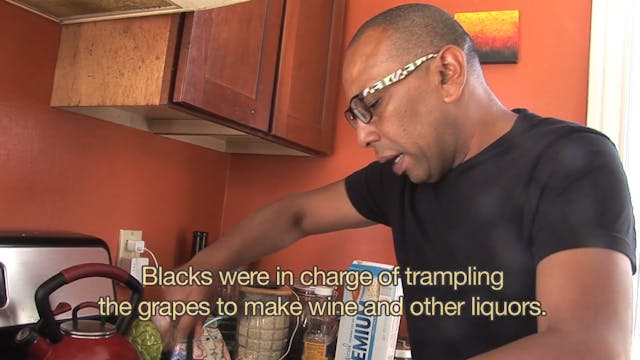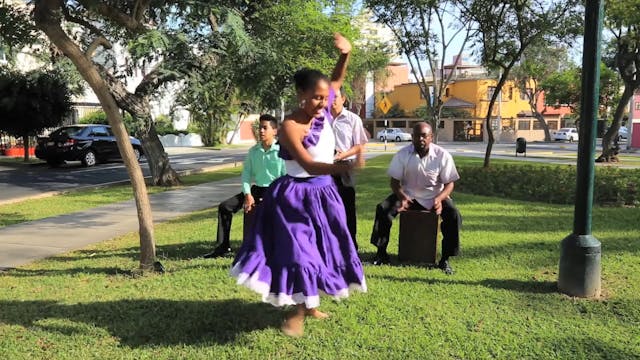Lalo Izquierdo Explains Afro-Peruvian Talking Drums
Masters of Rhythm: the Afro-Peruvian Way
•
4m 31s
As we saw in the full documentary, the cajón was used as a means of communication in the days of slavery between the communities of escaped slaves and their brothers and sisters who had not been able to escape. This mirrors the "talking drums" found in many regions of Africa.
Izquierdo explained the meaning of two of the rhythms in the documentary. Here, we have included everything that he told me about the topic. First we get a repeat of what we saw and heard in the documentary and then he continues on, demonstrating and explaining two other rhythms.
The communities of escaped slaves were called "palenques:' the escaped slaves referred to each other as "cimarrones." The palenques were often located in the jungle, and often were in contact with indigenous peoples as well.
Up Next in Masters of Rhythm: the Afro-Peruvian Way
-
More about zapateo
LATER
-
Juan de Dios Soto cooks "carapulcra"
"Carapulcra" is a signature Afro-Peruvian dish. In the countryside, in towns that are largely Afro-Peruvian, it is often eaten with "sopa seca," another typically Afro-Peruvian dish.
The base is potatoes - dried potatoes if you are from Lima, regular potatoes if you are from the countryside. ...
-
la Valentina-dance filmed in Peru
Filmed in Peru, this dance (called "la Valentina") is the subject of some confusion. Is it Afro-Peruvian or Afro-Caribbean? We give you just the dance here because it's so much fun to watch. To find out about it and resolve the confusion, watch the version with narration.



